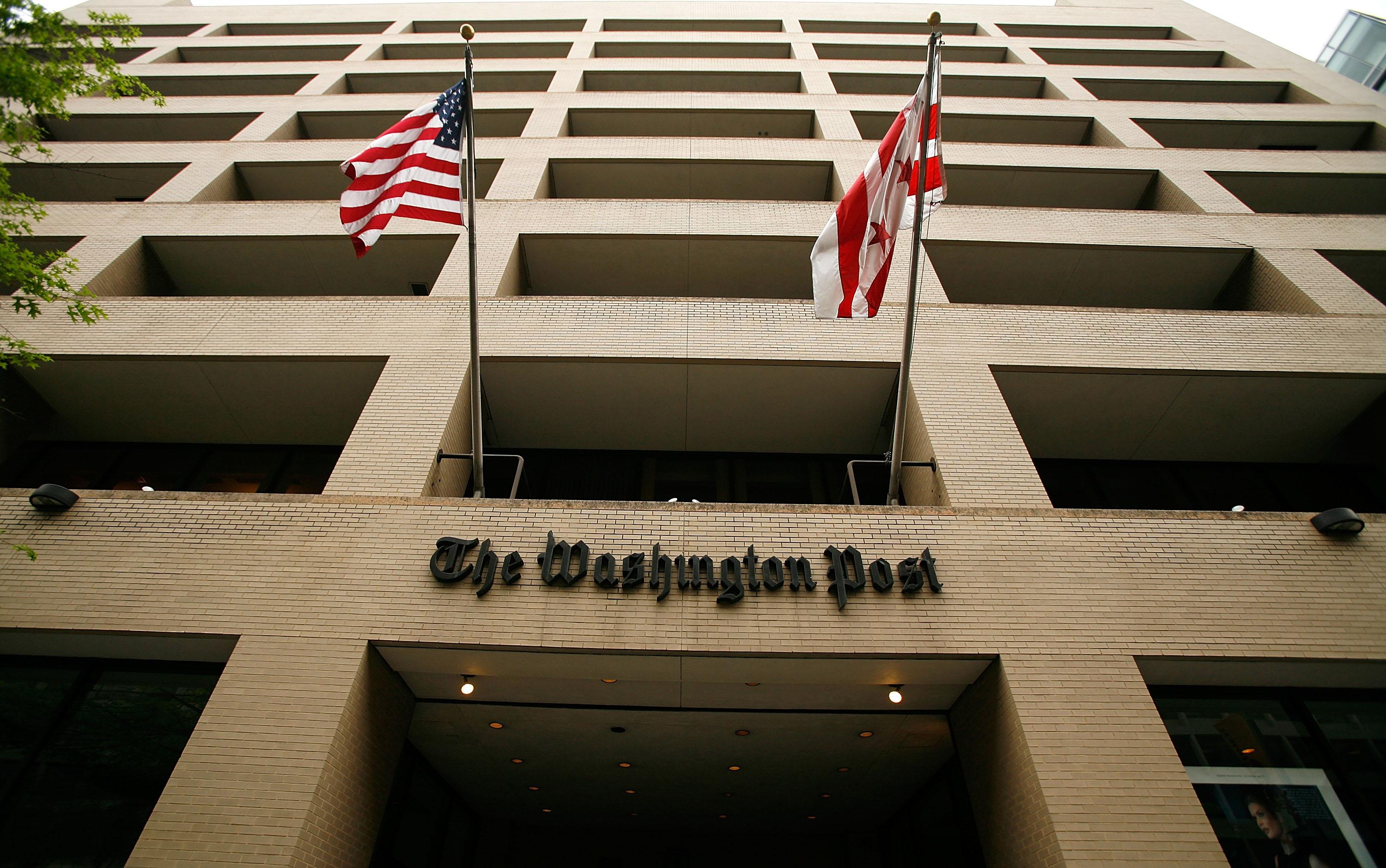In a letter to readers, the Washington Post’s Katherine Weymouth announced that the newspaper’s paywall will be going up as soon as next week.
I used to be a huge paywall doubter, but a combination of technological improvements and advertiser trends is turning my mind around on this. The terms of the Post paywall are that you can read 20 articles per month for free. You can click on the front page for free. You can click on the individual section front pages for free. And you can enter the paper via search engines and social media shared links for free. The ability to create all those holes is the technology part. The motive for structuring it that way is the advertiser trend element. Basically advertisers have decided that they care quite a bit about the breadth of a publication’s audience (how many people read it regularly) but are much less interested in the depth of their engagement with it (how much stuff the regular readers read). Basically, someone who reads 10 articles a day on your site isn’t that much more valuable to advertisers than someone who reads 10 articles a month. So if you can find a way to squeeze some extra revenue out of some of the 10-articles-a-day people, that makes sense even if it turns a lot of 10-articles-a-day people into 10-articles-a-month people.
It’s not totally obvious to me why advertisers have taken this view, but given that they are, it’s not surprising that more publications are looking at defying the basic logic of marginal cost pricing.
